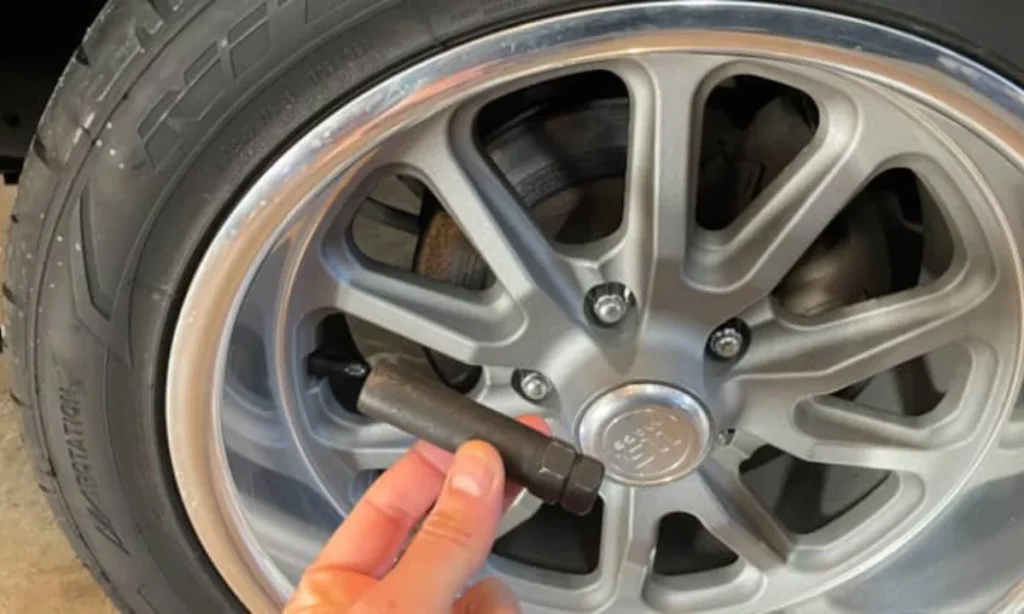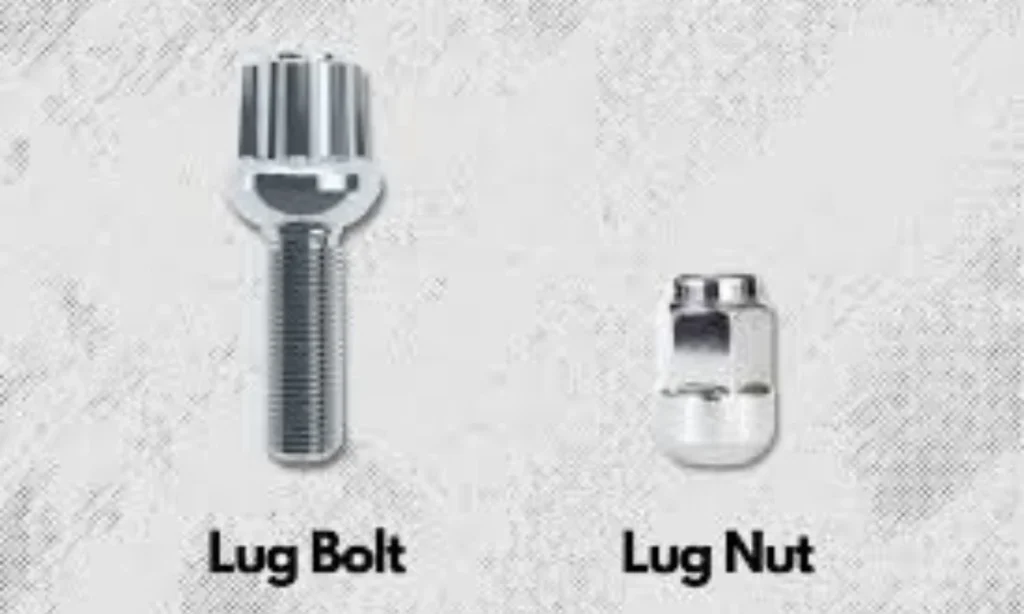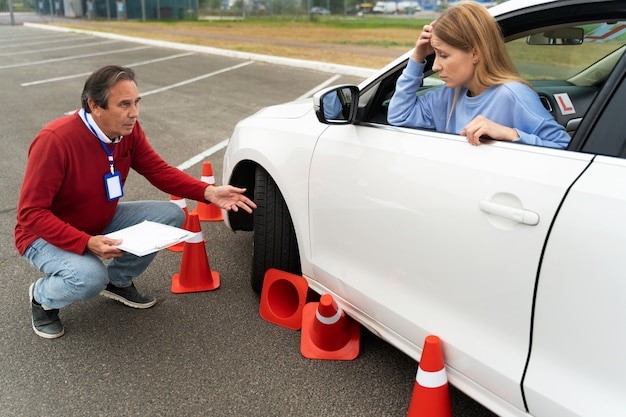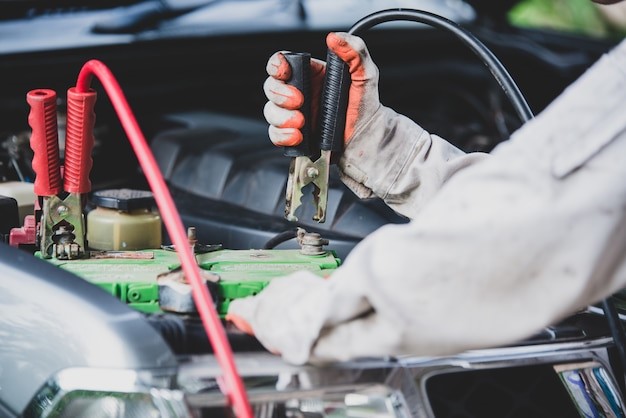When it comes to the term vehicle’s safety, most drivers think of tires, brakes, or even the engine. But they overlook one small part of lug nuts. They may be unfamiliar with lug nuts and how they work. This small part plays a big role in keeping everything together.
It secures your wheels in place, and without them, you literally couldn’t drive. Understanding lug nuts is essential for a great start. Whether you’re upgrading your wheels, replacing damaged hardware, here’s what you need to know about lug nuts on a car — explained in simple terms.
What Is a Lug Nut? Everything You Need to Know

Lug nuts are the fasteners that carry a heavy load. They screw onto the wheel studs (metal bolts sticking out from the hub) and keep the wheel tight and centered against the vehicle. These nuts are small, but hold your car’s wheels to the hub. They ensure your tires stay on the vehicle while it’s moving, turning, and braking. That’s why, it is essential to have the right type, and properly tightened for your safety.
Types of Lug Nuts
Lug nuts have different shapes depending on the kind of wheels you have. However, the shape of the seat (the part that touches the wheel) must match the wheel design for a safe and secure fit.
Common types include:
- Conical (Tapered) – Commonly found on most vehicles.
- Ball (Radius) – Found in many European models.
- Flat Seat – Used rarely on some aftermarket wheels.
Some vehicles also have locking lug nuts (require a special key to remove). These are a great theft deterrent for custom or high-end wheels. Keep the key somewhere safe if your car has locking lugs.
What is the lug nut torque
lug nut torque is defined as the amount of turning force used to tighten the lug nuts. It is important to use the right amount of torque for the right lug nuts. But how,
- Too little torque can cause the wheel to come loose.
- Too much torque can strip the threads or even break the stud.
Torque wrench is used by professional mechanics to tighten each lug nut. The manufacturer’s recommended setting depends on your vehicle- usually between 60 to 120 ft-lbs. Moreover, you can find the correct torque value in your owner’s manual or by checking with a trusted mechanic.
Lug Bolts Vs Lug Nuts

Some European cars (like BMW or Audi) use lug bolts instead of lug nuts. Lus bolts don’t need wheel studs, they screw directly into the hub. It makes the process a bit trickier because you can’t hang the wheel on studs while you line it up. It’s a good idea to practice tire changes or keep a wheel hanger tool in your kit, If you drive a vehicle with lug bolts.
Materials Used for Lug Nuts
Chrome-Plated Steel
Steel which is chrome plated is the most popular lug nut material. Steel is a great strength and durability that can be used when handling your wheels in place. The chrome plating serves as a protective mechanism that prevents rust, corrosion due to the moisture of the road salt and other various environmental changes. This makes chrome-plated steel lug nuts reliable and suitable for everyday driving.
Aluminum
Lug nuts are of aluminum which is far lighter in comparison to steel, they are commonly seen in high performance or race vehicles because the weight can be taken off and performance increased. Although aluminum reduces unsprung weight, it is less light-weight, more vulnerable and cost-effective compared to steel. This means that the aluminum lug nuts have a higher risk of wearing out and damaging particularly when the road conditions are harsh.
Titanium
In the case of high performance or specialty cars, titanium lug nuts provide strength and lightweight in combination. Titanium is very resistant to corrosion and stronger than metallic aluminum alloys hence it is highly desirable. Titanium lug nuts cost more, though, and are usually reserved to weight-saving paramount and durability are critical.
Rust Prevention and Replacement
It is important to examine your lug nuts regularly to check rust or corrosion and signs of damage. Lug nuts may have rusted or damaged lug nuts that have loosened their hold on the wheel causing it to wobble or detach the wheel altogether. In case you see some evidence of wear or corrosion, replace the lug nuts immediately to ensure vehicle safety, and wheel stability.
Why Lug Nuts Matter
It’s easy to overlook lug nuts because they’re not flashy or complicated. However, it can cause future issues. Suppose If a lug nut of your car comes loose, your wheel can wobble or even fall off. It can be a dangerous situation for your car and everyone on the road.
Most lug nuts are made of chrome-plated steel incase to resist rust and corrosion. Some use aluminum or titanium lug nuts for high-performance or racing purposes. But standard chrome steel does the job well for everyday driving.
How do you put a lug nut on?
Have you ever needed to change a tire or install new lug nuts? You can also do it with the right tools. Here’s how professionals do it:
- Hand-tighten first – Always start by threading each lug nut by hand. This helps avoid cross-threading.
- Use a socket wrench – Tighten them in a crisscross or star pattern so the wheel is evenly secured.
- Finish with a torque wrench – Use the torque wrench to tighten each nut until it clicks.
- Avoid over-tightening –Be careful while using power tools (impact wrench), as they can apply more force than needed and damage your wheels.
Pro tip: Try to use dry torque. Otherwise, you can’t use lubricant on lug nuts unless your manufacturer specifically recommends it.
Conclusion
Lug nuts do a big job as they keep your wheels firmly attached. Moreover, they help your car handle safely, and support the performance of your tires and brakes. You should know What lug nuts are and how they work. Your safety matters whether you’re getting new wheels and rotating tires.
FAQs
A lug nut screws onto a wheel stud. It holds the wheel firmly against the hub and keeps it centered when tightened. This helps your wheel stay secure while you’re driving.
Yes, they do. Lug nuts are small but perform a big role. They keep your tires and wheels attached to the vehicle safely. Otherwise, wheels could come off while you’re driving.
Some cars, especially European models, use lug bolts for a stronger and more secure fit. They’re also sometimes easier to install in tight spaces.




